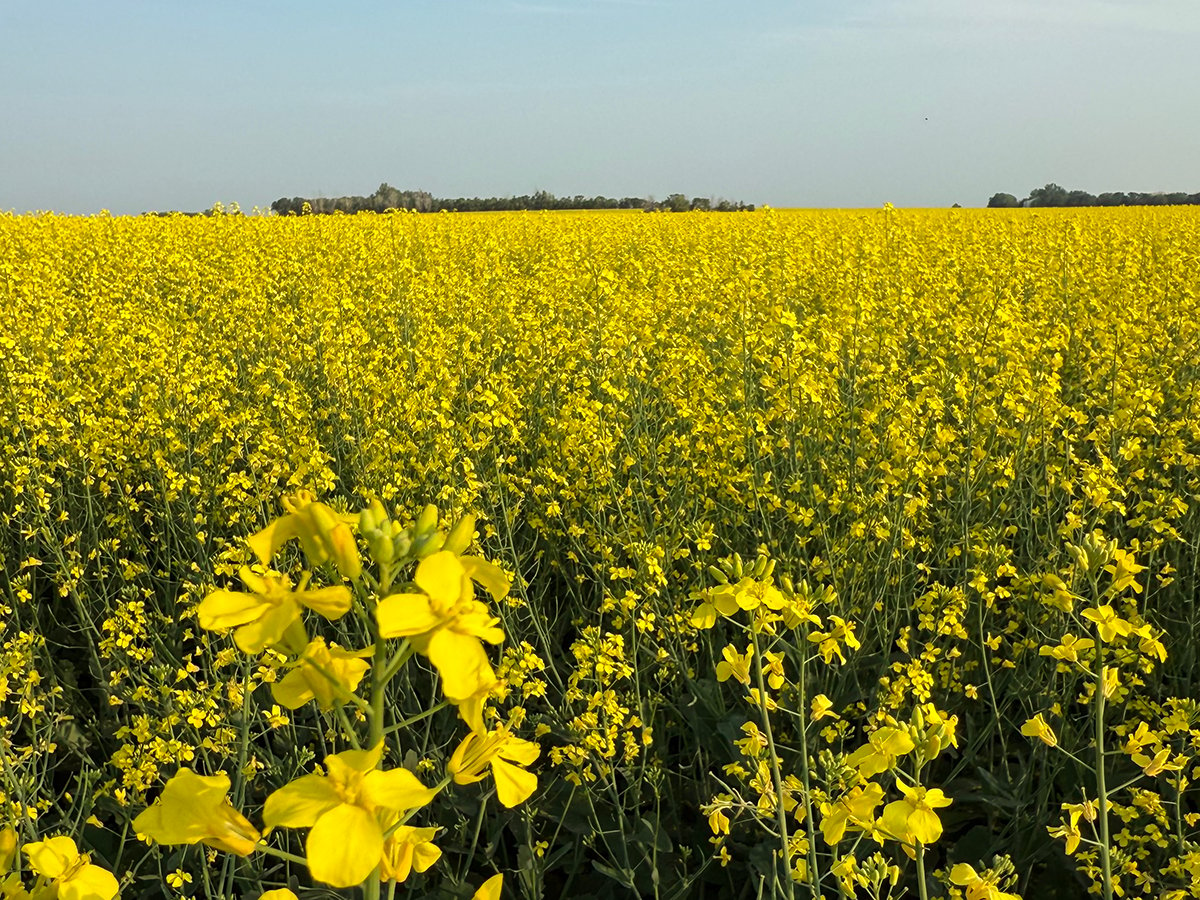A Library of Parliament analysis of the government’s main farm safety net reforms suggests the new programs will not work as well as the old program in times of declining farm incomes.
In a stable income period, the AgriInvest program would serve farmers better because payments are not based on farm losses, said the report prepared for Liberal MP Wayne Easter.
But sectors affected by wide income swings or declines would have received more support from the now-defunct Canadian Agricultural Income Stabilization program.
“It is difficult to predict if a farm operation is better off under AgriStability-AgriInvest compared to the CAIS program,” the report concluded. “This is because the results depend on the specific circumstances of the farm operation. However, as is the case with most program changes, there are always winners and losers.”
Read Also

Canola support gets mixed response
A series of canola industry support measures announced by the federal government are being met with mixed reviews.
The report estimates five-year payouts for an operation that starts with a production margin (essentially income minus expenses) of $200,000.
In one scenario that sees a period of stable or slightly increasing revenues, the farm would draw nothing from either CAIS or AgriStability but would get $20,625 from AgriInvest, a farmer savings account program that sees governments matching farmer deposits.
However, if the farm is in the midst of tough economic times with production margins dropping 20 percent per year, the former CAIS program would have paid out almost $50,000 more over the five years.
Easter said after reading the report there is a clear message that somewhat contradicts the government argument that its new programs are far superior to the often-disliked CAIS program. That is the case if the farm economy is improving, but not if it is declining.
“In times of declining prices when farmers need support, they actually would receive more support under the old program than the new,” said the veteran Liberal MP.
“In a period of rising prices or stable prices, the new programs leave the producer better off.”
One of the key differences is that CAIS was to deal with all income declines but its AgriStability replacement only kicks in after a decline of more than 15 percent from the historic reference margin.
AgriInvest is meant to deal with the first 15 percent.
Conservatives announced AgriInvest in 2007 under pressure from the farm lobby to allow farmers to withdraw money to cover the top 15 percent of income decline. It is a form of the once-popular Net Income Stabilization Account program that governments disliked because they thought farmers were using it as a retirement fund.
The new program will have rules meant to limit large fund buildups. The government spent $600 million last year sending seed money cheques to farmer AgriInvest accounts.
However, farmers have yet to see how the program works. The first withdrawals for the 2007 year will be possible this year.
Farmers will be able to make two withdrawals this year and the rules have not yet been set for subsequent years. Deposits to be matched by government will be limited to 1.5 percent of allowable net sales (commodity sales minus commodity purchases) to a maximum of $1.5 million of the allowable sales each year.














